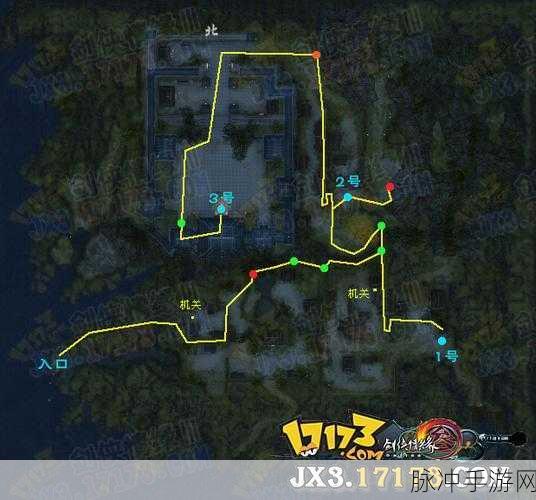忍者耐力训练的核心要素
忍者耐力训练是一种结合了体能、灵活性与精神专注的全方位锻炼方式。这样的训练不仅仅是简单地增加身体力量,更关注于提升综合能力,使个体在面对挑战时能够迅速应对。强化心肺功能,提高肌肉耐久度,以及增强心理韧性,都是这类训练的重要组成部分。
心肺功能的锻炼方法
进行高强度间歇训练(HIIT)可以有效提高心肺功能。这种方式通过短时间内反复冲刺和低强度恢复交替进行,可以让身体在较短时间内达到最佳状态。在这些练习中,包括跑步、游泳、自行车等有氧运动,将会极大促进心脏和肺部的健康。此外,加入一些武术元素,如快速出拳或踢腿,也可为传统有氧运动增添趣味,并更好地模拟实际战斗中的需求。

增强肌肉耐久性的练习
除了发展爆发力外,持久力量同样至关重要。多次重复某一动作,以相对较轻的重量完成更多次数,是增强肌肉耐力的一种常见方法。例如,通过使用自由重物做深蹲或者卧推,每组尽量做到15-20次,这样既能避免过早疲劳,又能积累足够的力量。同时,还可以尝试引入各种杂技动作,例如平衡木上的跳跃、空翻等,不仅考验身体协调性,同样也提升了整体稳定性及控制感。
柔韧性的必要性
A ninja's agility is critical to their effectiveness in movement and combat. Incorporating dynamic拉伸into warm-up routines can increase flexibility, enabling quicker transitions between movements and enhanced overall performance. Practices like瑜伽or普拉提(无论是在家还是健身房)都非常适合用于此目的,它们帮助改善血液循环,加速恢复过程,同时降低受伤风险.
心理韧性的培养技巧
Ninja training also emphasizes the importance of mental strength as part of endurance training. Meditation practices such as冥想can help enhance focus, reduce stress levels, and improve reaction times during physical exertion. Visualization techniques are equally powerful; imagining oneself executing a perfect move or overcoming an obstacle can condition the mind for real-life challenges ahead.
团队合作与社交互动的重要性
The journey towards becoming proficient in ninja skills isn't solely about individual effort but often involves collaboration with others through team-based activities or group classes. Engaging with peers not only fosters motivation but allows individuals to learn from one another’s experiences, building camaraderie while reinforcing mutual support systems within practice sessions.







